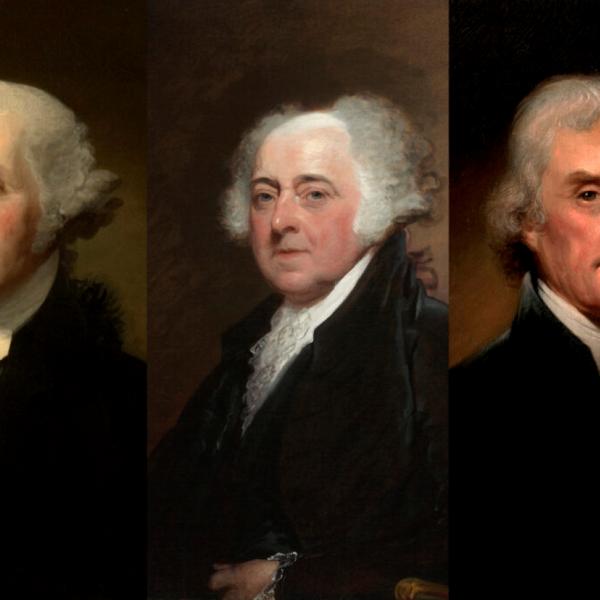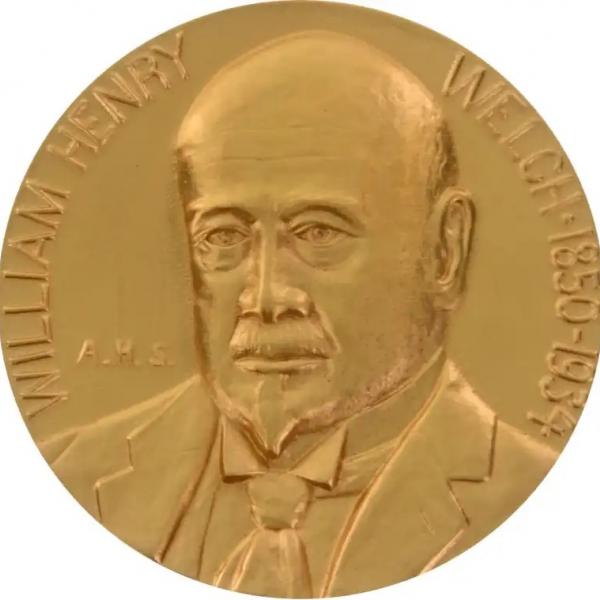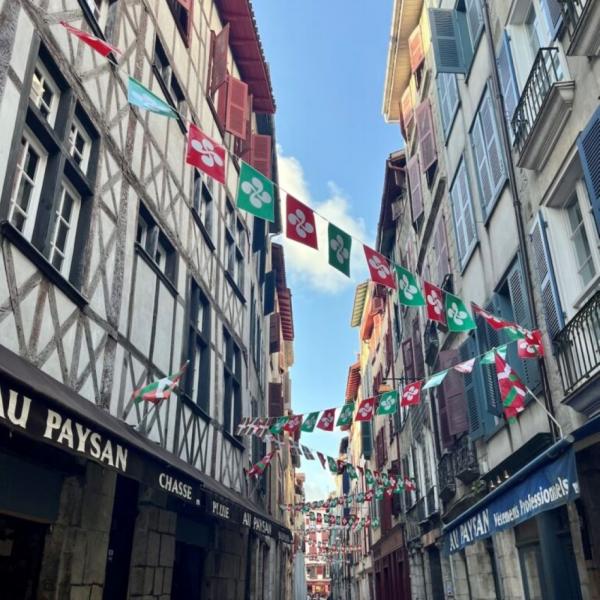Built and rebuilt on the layers of pre-existing social structures, the world’s cities provide us with complex and nuanced evidence for geographically and historically specific studies of social changes. Cities have long been centers for global trade networks—meeting grounds for people and commodities from varied cultures. Today, more people live in cities than rural areas. In the international urban history concentration, students study how societies have organized, used, and reused urban space and how the built environment has reflected and produced social struggle and political, cultural, and economic transformations.
The study of international urban history brings together faculty across regional field specializations to investigate material, social, and spatial processes and practices in cities around the world and to track the history of transnational flows of capital, labor, and goods; migration; cultural productions; planning technologies and expertise; pathogens and pollution.
Affiliated area studies programs (AMCS, AFAS, JINELC, EAS, IAS) provide students with the resources to develop linguistic competencies and regional specializations. Students also have the opportunity to draw on university-wide faculty collaborations and formal programs in urban studies (in architecture, art history, social work, political science, WGSS, public health), and to participate in on-going research projects on the city of St. Louis. Our faculty research metropolitan areas across a wide array of geographical and chronological settings: nineteenth- and early-twentieth-century U.S., twentieth-century Africa, early modern and modern China, and twentieth-century Egypt.
Core Faculty
Margaret Garb
Zhao Ma
Steven B. Miles
Timothy Parsons
Nancy Reynolds




